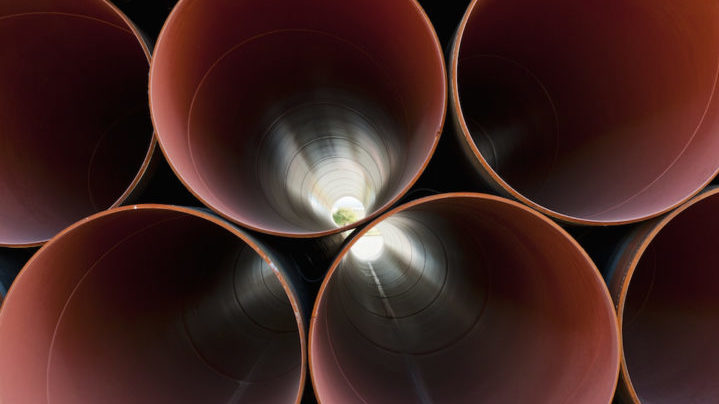Pipe selection — along with the use of the correct pipe joints and appropriate trenchless installation method — is a critical element in ensuring the success of a trenchless pipeline installation, and keeping installation and maintenance costs down. The pipe material chosen can be influenced by a number of factors, including the method of installation. Here, we look at the different types of pipe material available, and the most appropriate applications and installation methods.
Clay pipes
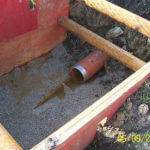
As they are resistant to most chemicals, they are ideally suited for areas where ground conditions are acidic or contaminated including reclaimed industrial or commercial development sites. As clay pipes are totally inert and rigid, they have high abrasion resistance, low friction coefficients and a high load carry capacity.
The most appropriate methods of installation include pilot tube microtunnelling and slurry microtunnelling.
Ductile iron pipes
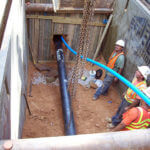
As its name suggests, these pipes are ductile, strength and impact resistant, and corrosion resistant. These properties make it ideal for high pressure applications, as well as for use in projects which require it to go under areas of extreme traffic loads, heavy backfill or earth movements.
It can be installed using microtunnellling, pipe jacking or horizontal directional drilling (HDD).
High Density Polyethylene (HDPE) pipes
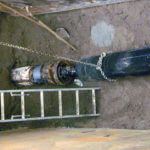
Typically, horizontal directional drilling is the ideal method of installation as it requires a trail out trench which is detrimental to the shaft construction and overall keyhole pipeline advantages of microtunnelling, and its flexibility impacts on accuracy during installation. It is also limited where there are tight deadlines due to the need to string out the line to reduce installation time. This is because there are few job sites where this is practical to do. However, the Vermeer AXIS laser guided boring system offers microtunnelling installations using a pullback method, giving it the ability to install HDPE pipes.
Centrifugally cast glass fiber reinforced plastic (CC-GRP) pipes
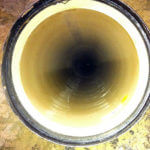
One of the key advantages of CC-GRP pipes is that they do not require a packing ring which is considered to be the weakest point of a jacking pipe. As they have up to three degrees of deflection, they allow more maneuverability at each joint, giving the contractor more control and wiggle-room while minimising the risk of point loading the joints when pushing pipes on radius.
CC-GRP pipes can be economically designed for both non-pressure and pressure services by varying the quantity, placement and orientation of the glass-fiber reinforcements. This makes them versatile and ideal for almost all large diameter corrosive applications, including gravity sewers, sewer mains, industrial effluents, wastewater collection and potable water.
Polyvinyl Chloride (PVC) locked pipes
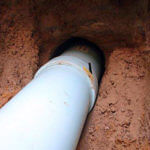
There can be extra cost associated with these pipes as they have collars which require the use of centralisers to eliminate wear, and most contractors will recommend grouting the annulus to prevent pipe deflection from point loading.
While PVC is typically better suited for slip lining and HDD installation methods, there are now limited options available that will allow jacking and pullback without collars. The benefit of this is that accuracy of the installation increases and the risk of installation is significantly reduced in microtunnelling style installations.
Steel pipes
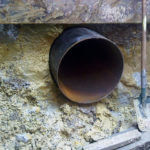
Steel pipes can be used for water and wastewater transmission, gas and oil transmission, and water water well casings, however they are not suitable for chemical or corrosive services without the application of internal or external protective coatings.
The best material and method for your application
With a number of choices on the market, Stuart Harrison, Managing Director at Edge Underground, said the big factors influencing choice of pipe material are price and specification requirements.
“This can often result in the incorrect pipe material being selected, as well as the incorrect installation method. However, this no longer needs to be the case,” Mr Harrison said.
“Unlike other precision boring systems, the Vermeer AXIS guided boring system does not require a structural pipe to promote the head. Instead a drill casing is used, maximising precision and efficiency.
“This means that the pipe material can be chosen to suit the nature of the ground conditions, the length of the line and the pipeline application.
“The result is there are more choices clients can choose from to ensure the pipeline meets the stringent price and specification requirements of a particular project, while also having the best chance of success.”

